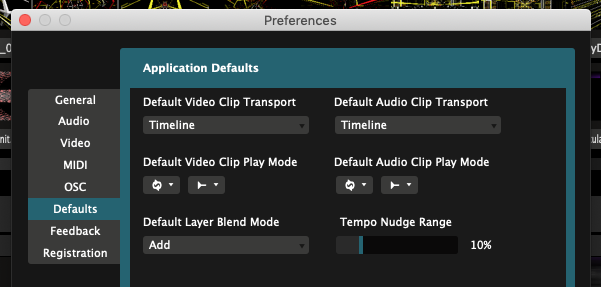
Still, if you’re just starting out, here are some tips for creating a good Input Map: You learn by doing and you get better at it the more you do it. If you’re using slice routing to create your looks, or otherwise have overlapping slices, you will not have a good time.Ĭreating an Input Map is a skill like any other. In order for Chaser to do its thing, every slice needs to have its own place in the Input Selection. To be 100% clear, we’re talking about the Input Selection side of Resolume’s Advanced Output here. You then lay them so that each has its own little space in your composition, roughly in the same place as it has on the real stage. You then take all those slices and on the Input Selection side, you right click and choose Match Output Shape. Each tile becomes a slice in Resolume’s Output Transformation tab, each processor becomes a screen. Your LED supplier should provide it to you. This is essential and you won’t be able to do a good show without it.

#Resolume 5 advanced output and blend modes how to
How to make an Input Map? First you’ll need to know the position and size each LED panel will have in the LED processor.

Essentially, the Input Map is the representation of your stage in Resolume and other software. During the show, it is the preview that you use to check if everything is going according to plan. When creating custom content, it will serve as the guide to render everything to. It’s used to lay out content and to decide which screens show what. So what’s an Input Map? An Input Map is a logical layout of all the slices and screens that make up your stage. In fact, Input Maps are the key to a good show in general! If you’re doing any type of setup that is more than a single 16:9 output and you still want to be flexible with it while playing live, you’ll benefit from using Input Maps. Input Maps are the key to a good show with Chaser.

Before we get started with Chaser, first a word on Input Maps.


 0 kommentar(er)
0 kommentar(er)
